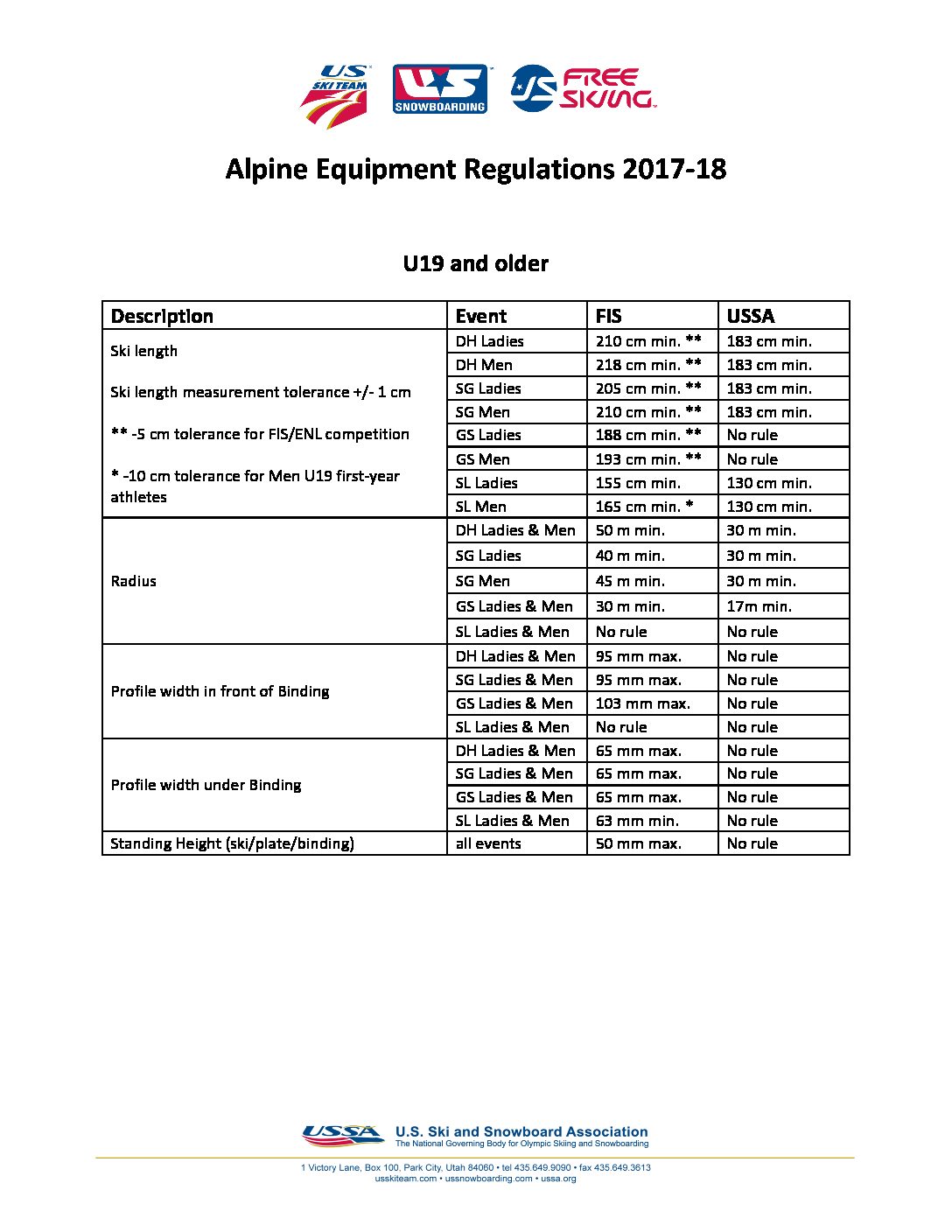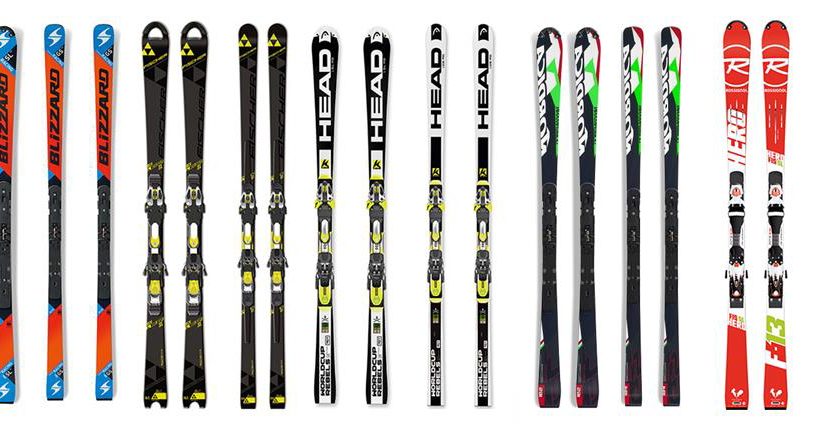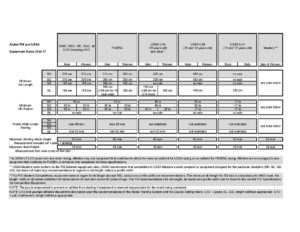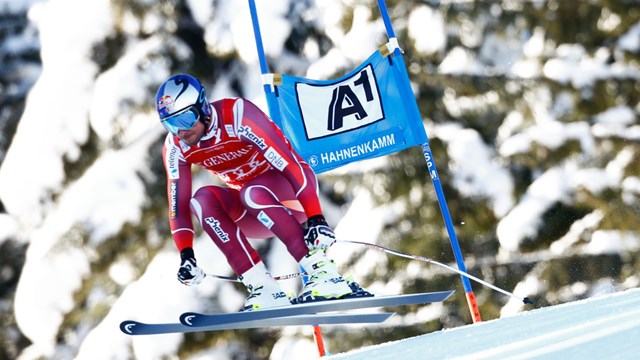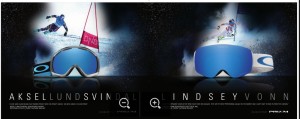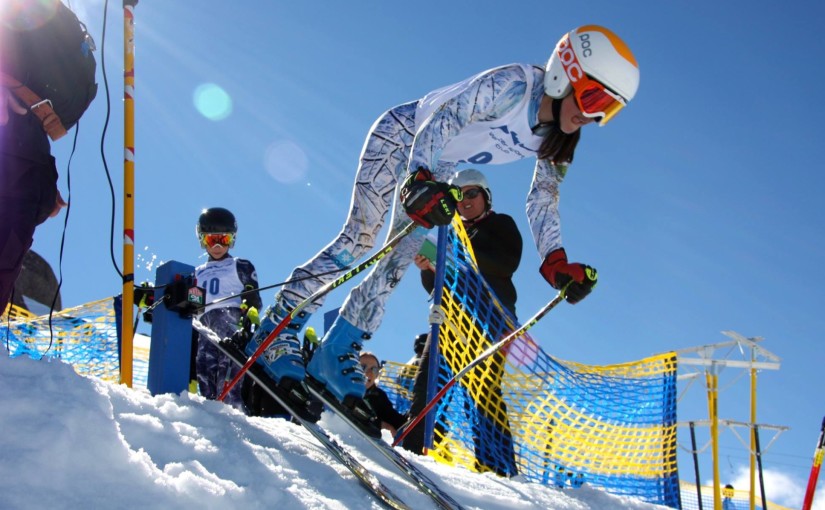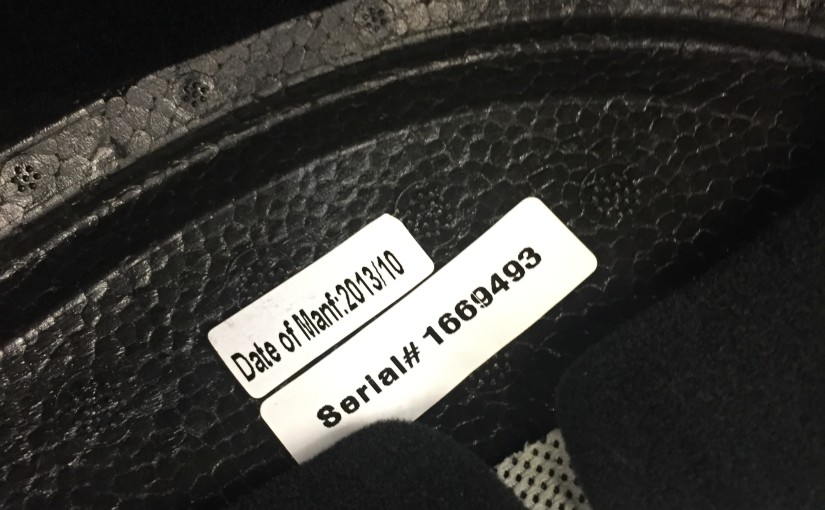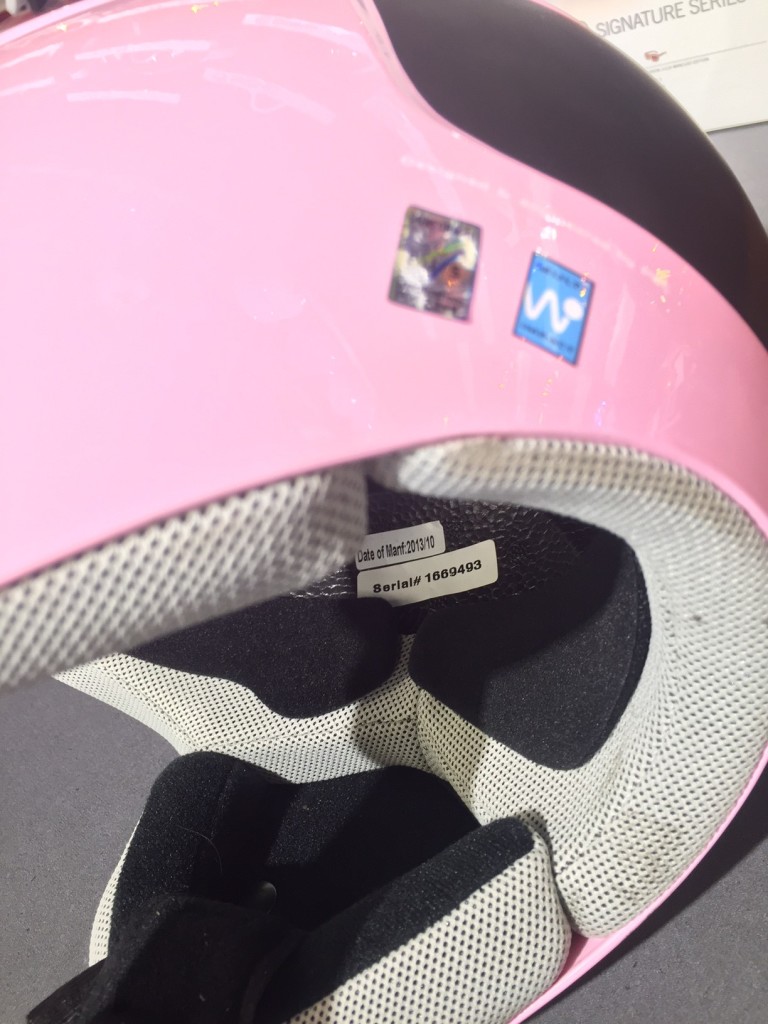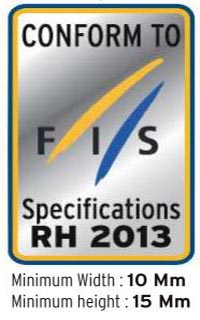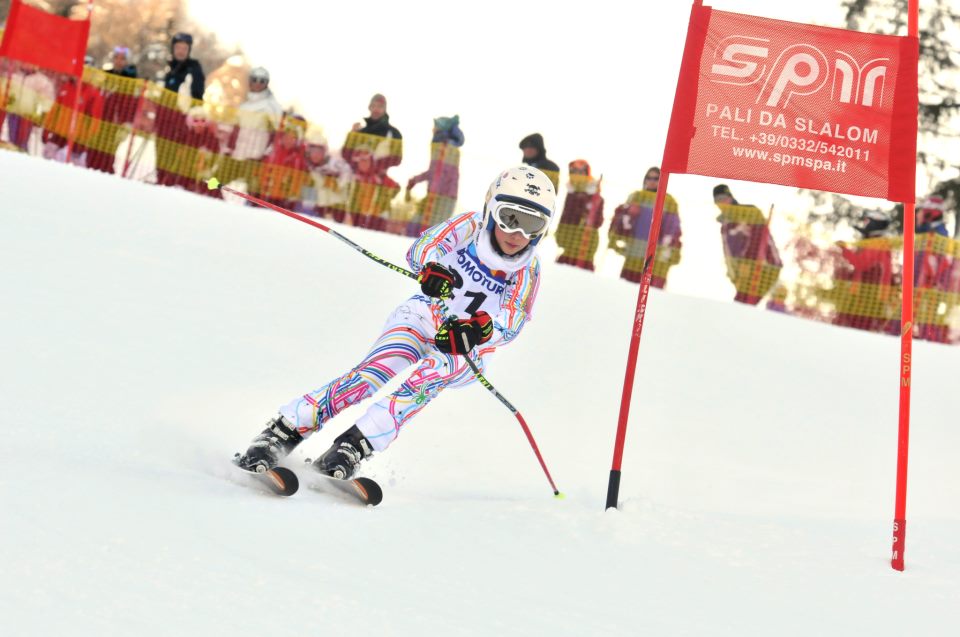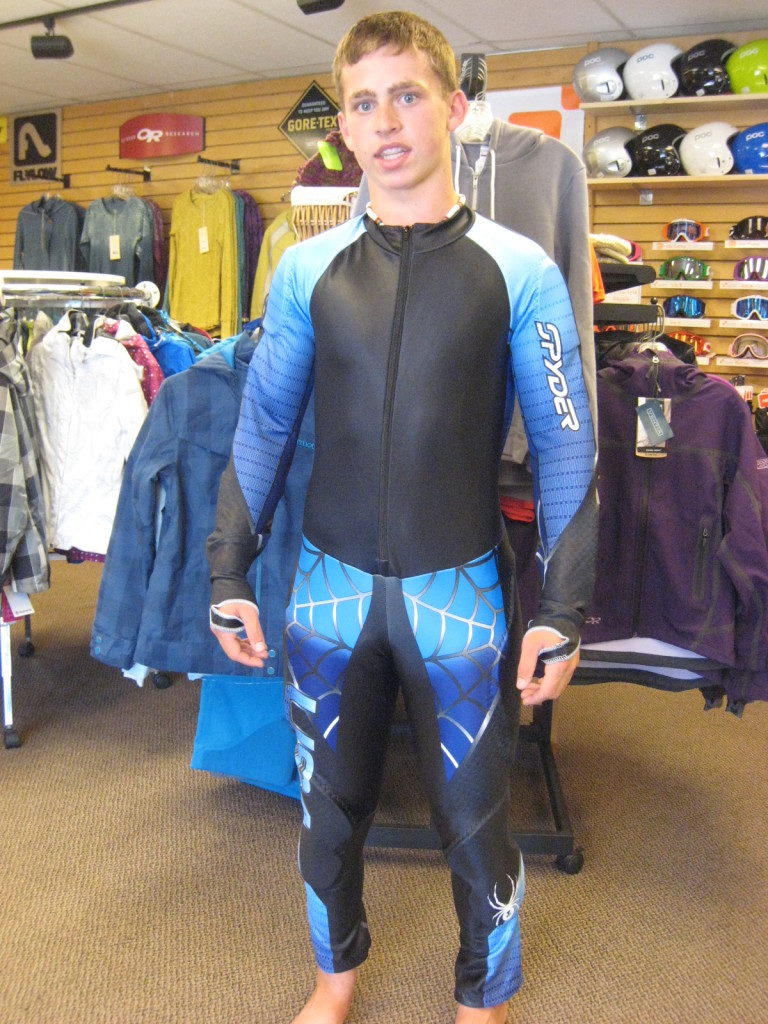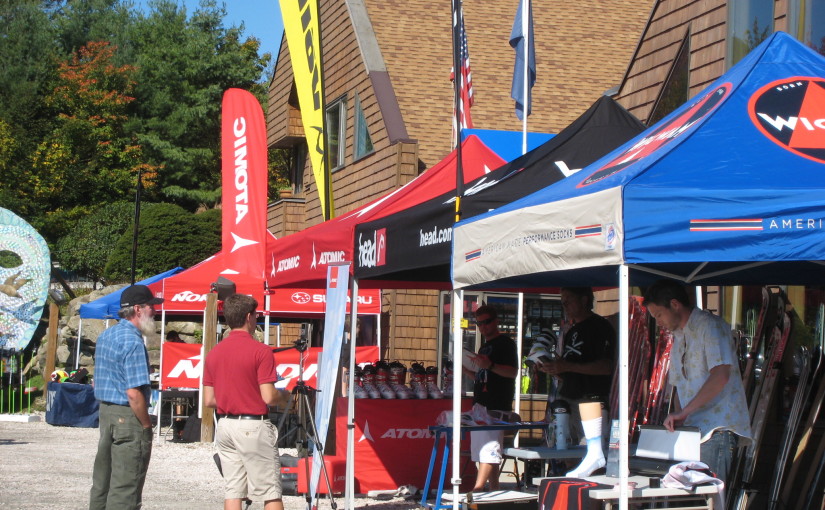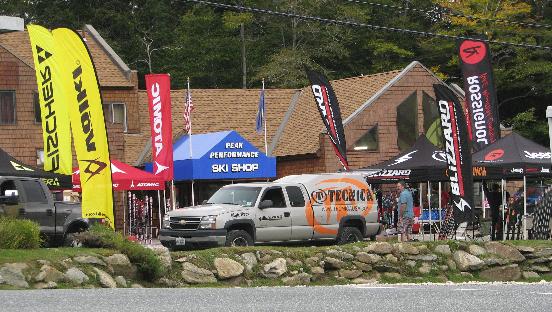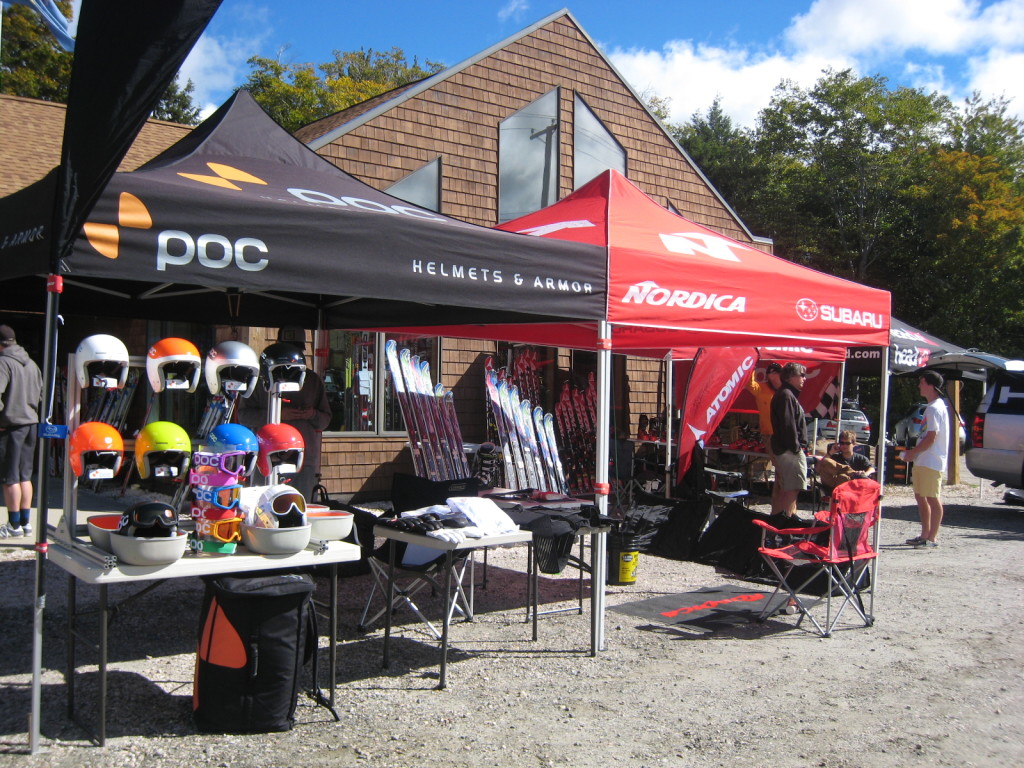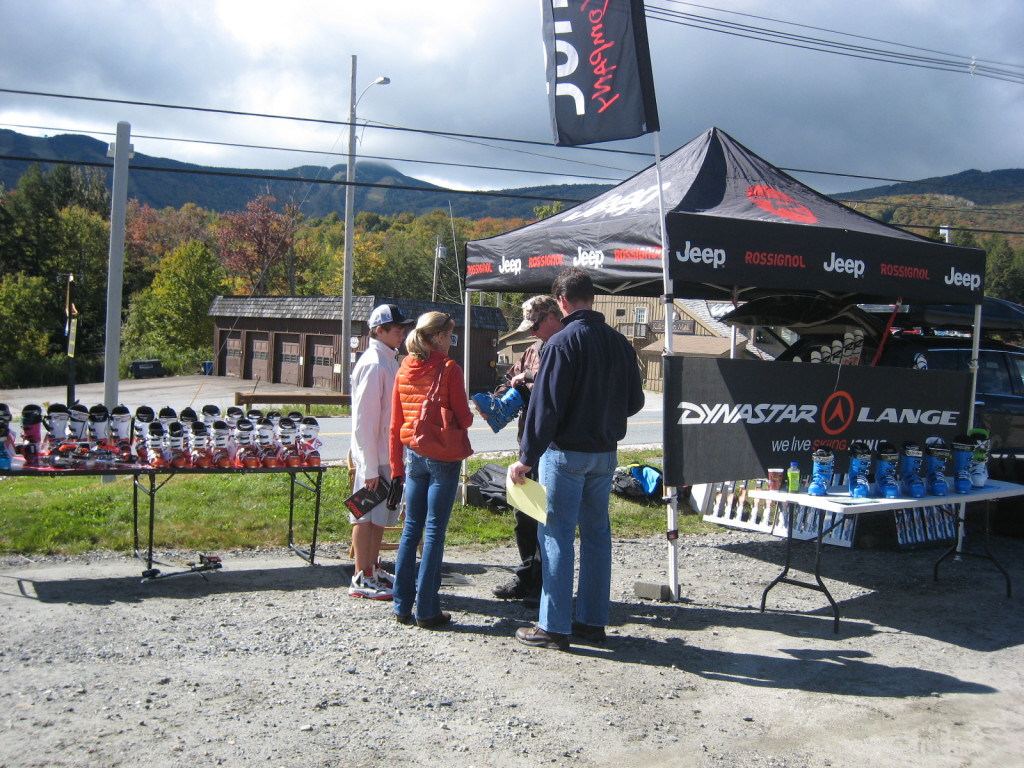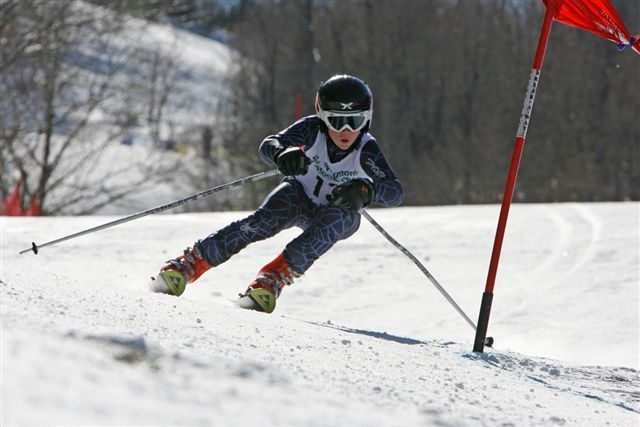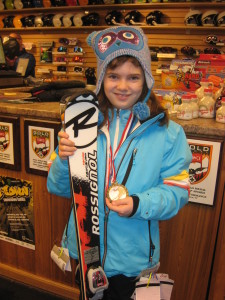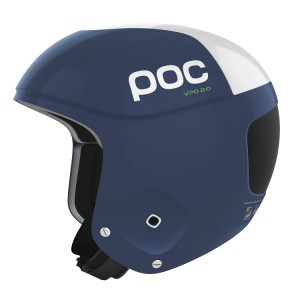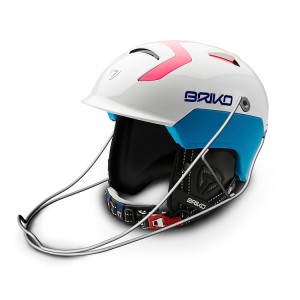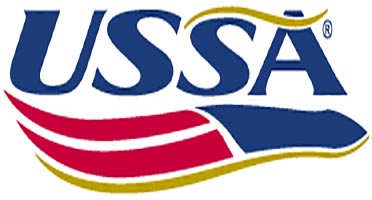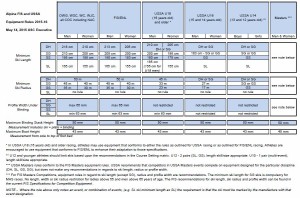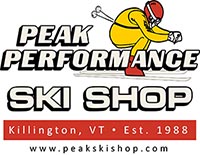Major changes to the GS radius and ski length requirements are in place for U19’s and U16’s. These 2017-18 Alpine Equipment Regulations were approved in May 2017 at the FIS/USSA Spring Congress.
2017-18 U21, U19, U16, U14 USSA RULES FOR GS:
The new 2017-18 USSA GS rules are deregulated. What this means is that USSA rules for GS require skis 17 meters or greater in radius, with no ski length requirement. What this means is that for GS, any appropriate length ski for an athlete’s development with a radius over 17 meters is legal for all GS racing in the United States.
This is a big departure from the 2016-17 regulations that required women to be on skis greater than 25 meter and men to ski 30 meter or greater skis. With the new rules you should keep in mind that when choosing skis, you should pick the skis with the length and radius most appropriate for the individual athlete’s ability level.
2017-18 U21 and U19 FIS GS RULES:
The new 2017-18 FIS rules governing ski radius and length dictate 193cm (+/- 5cm) (>30 m radius) skis for men, and 188cm (+/- 5cm) (>30 m radius) skis for ladies. These sizes are required to compete in FIS races for athletes U19 and older.
2017-18 U16 and U14 FIS GS RULES:
For younger FIS athletes, the new 2017-18 rules dictate 188cm max (+/- 1cm) length skis with a 17 meter or greater radius for both ladies and men.
Stand height (ski+plate+binding) for all FIS athletes remains at 50mm maximum. There is no standing height rule for USSA athletes. We expect the boot height requirement to remain at 43mm – from the boot sole to the top of the footbed.
Click HERE to compare the new rules to last year’s rules.
•
Click this link below to print out a copy of the complete 2017-18 Alpine Equipment Regulations.
2017-2018-Alpine Equipment Regulations
For more information, please visit the USSA.org or FIS-Ski.com websites.
